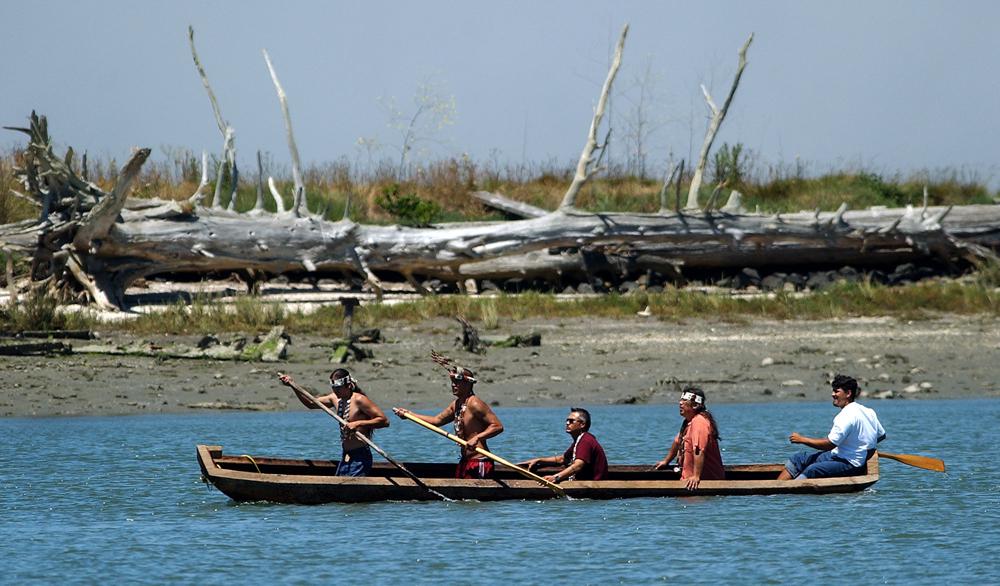
Grave robbing was yet additional humiliation inflicted on Native Americans and their descendants long after they had been driven from their lands or slaughtered. Desecration of burial sites was carried out by hobbyists, collectors, and even notable researchers. Museums sold, exchanged, analysed, and displayed skulls, bones, and artefacts.
In the United States’s northern California, the Wiyot Tribe’s most vulnerable members were sleeping on the morning of February 26, 1860, when a band of white men crept into their villages in the Northern California under cover of darkness and slaughtered them.
Many of the children, women and old people were killed in what later came to be known as the Indian Island Massacre. The martyrs’ eternal rest was disturbed when their graves were eventually dug up and their corpses and the artefacts buried with them were displayed in a museum.
After over 70 years apart, the remains of at least 20 of those thought to have been slaughtered have returned home to the Wiyot tribe.
“They’ll be at peace and at rest alongside our other ancestors,” Ted Hernandez, the Wiyot Tribe’s historic preservation officer, said after the repatriation was announced on Tuesday. “They’ll be able to see their families again.”
The return is part of an effort by some institutions to improve their compliance with federal law, which mandates them to return the objects that were plundered from holy burial places.
Returning the precious things, according to Cutcha Risling Baldy, a professor of Native American studies at Humboldt State University, gives healing to tribes.
She chastised museums and universities for storing materials that objectify Native Americans, reducing them to historical objects and artefacts rather than individuals.
“From a spiritual, cultural, or simply human standpoint, it’s difficult to envision your ancestors’ graves being dug up and then placed in a museum,” Risling Baldy said. “It develops a mythology around Native Americans, as if we are specimens rather than persons and human beings.”
According to a notice published in the Federal Register last year, the Wiyot’s bones were discovered near where a jetty was being built outside the city of Eureka, 225 miles (362 kilometres) north of San Francisco.
A team from the University of California, Berkeley, recovered the bones and buried them with 136 items, mostly shell beads and decorations, an arrowhead formed from a shattered bottle shard, a sinker for a fishing net, bone tools, and an elk tooth.
The gravesites were where the Wiyot buried some of their dead after a tragic week of mass slayings at a dozen of their communities in 1860.

Post Your Comments